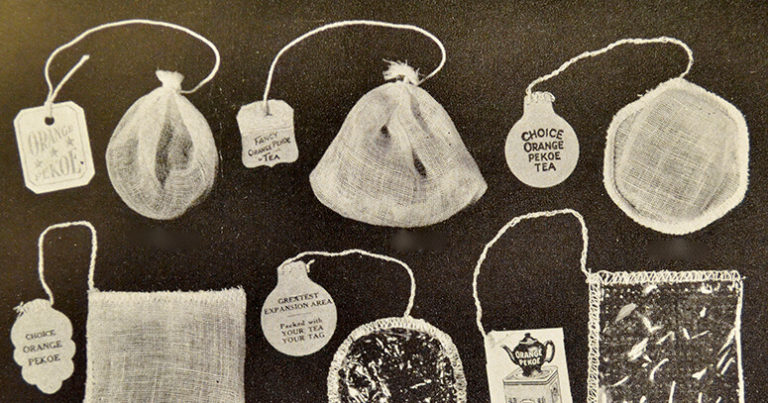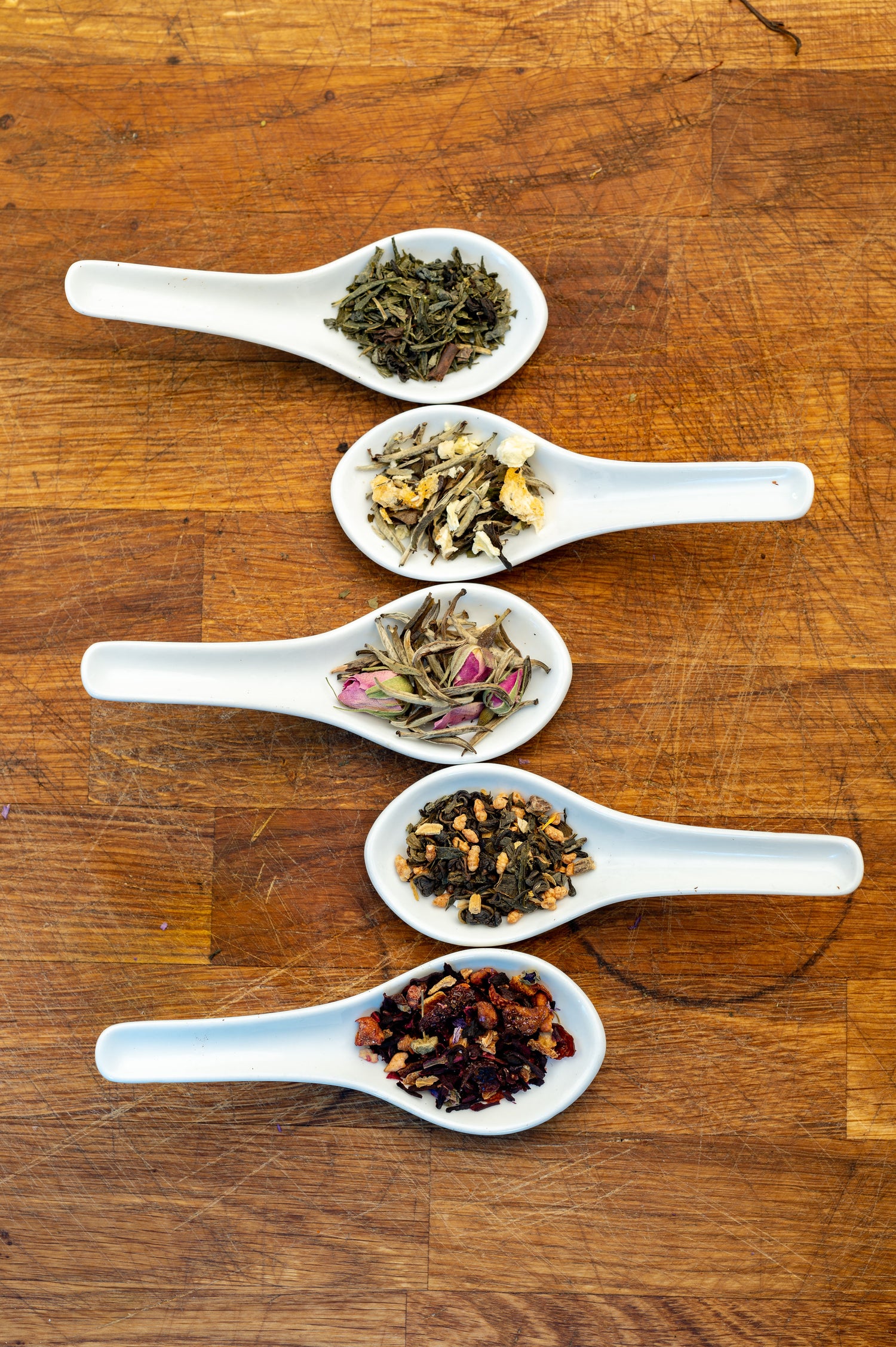Tea is drunk and enjoyed all over the world, and while in Britain the most popular type is Black tea drunk with milk, there are many more varieties and many more ways to enjoy, our nation's favourite drink. It plays such a central role in our daily lives that it's hard to imagine a world without it, yet have you ever stopped to think about its origins and how it was discovered?
Where did we get tea from?
While tea has been enjoyed in the East for thousands of years it was only introduced to the West about 400 years ago. Discovered in China, it has exerted a profound influence on societies and cultures throughout the world. Unique ceremonies are performed and social etiquette concerning the preparation and drinking are strictly adhered to and social customs as to when and where to drink it have evolved. So many myths, poems, legends and proverbs also exist which lend an almost mystical element to tea.

One such legend tells us that tea was discovered by the Chinese Emperor, Shan Nong, in 2737 B.C. The Emperor had a habit of boiling his drinking water and one day while he was in his garden a few tea leaves fell, by chance, into his boiling water which then gave off a rich, alluring aroma.
The Emperor, upon drinking this brew, discovered it to be refreshing and energising and immediately gave the command that tea bushes were to be planted in the gardens of his palace. Thus the custom of brewing fresh tea leaves in hot water began and quickly spread.
It spreads to Japan!
Since this discovery, the drinking of tea has been deeply infused in Chinese culture, but up until the fifth century AD, it was primarily used for medicinal benefits. After this time China's upper class took to giving tea as highly esteemed gifts and drinking tea at social events and in private homes. This is also when the Chinese tea ceremony began to develop and the news of tea began to spread to Japan.

Tea began its journey to world domination, arriving in Europe via Dutch and Portuguese sailors at the beginning of the 17th century. It was sold at auctions and became very popular among the aristocracy and the wealthy as the beverage's initial high price prevented it from circulating among the population at large.
Trading routes
The tea trade was a significant factor in establishing trading connections between east and west. In Europe, tea was used as a symbol of high status and as a stimulus for many technological developments, for instance, the development of fast sailboats such as the "Clipper", which shortened the time it took to sail from China to Europe and made it possible to provide shipments of fresh tea to the west.
British companies established for the importing tea, became very powerful and, after being ordained by the royal family, subsequently became empowered to operate in any way necessary to ensure the continuous supply of this popular drink. At the beginning of the 18th century, with the expansion of tea imports to the West and the consequent decrease in its price, tea became a common product enjoyed by all sectors of the population.
North America and the the 'Boston Tea Party'
At the beginning of the 18th century, tea arrived in Northern America, quickly becoming a desirable drink there as well. In New York and Boston, London-style teahouses started developing, where the drink was sold to the general public. At around that time, the British Empire decided to place taxes on the tea supply to the colonies of North America who were under their power.

This decision greatly angered the American settlers who decided to boycott the taxed products in protest. Whenever the British ships arrived at the harbours laden with tea, the settlers would start demonstrations which forced the ships to leave without unloading their wares.
The most famous occurrence in this regard, which took place on December 16th 1773, was named the "Boston Tea Party", during which, a group of protesters, dressed as Native American Mohawks, boarded one of the ships anchored in the Boston harbour and started throwing hundreds of crates of tea from its deck into the sea. Britain retaliated to this by sending military forces to the harbour and shutting it down. This event marked the beginning of the American War of Independence.
Tea bags are born!
Moving on to the beginning of the 20th century, where a significant rise in tea consumption resulted from the appearance of tea bags. The inventor, a New York tea merchant by the name of Thomas Sullivan, had a custom of sending tea samples in white silk bags to his customers, they were in turn intrigued by this new and ground-breaking product.

Upon the appearance of tea bags, the price of tea was lowered. This, coupled with the possibility of drinking tea without the need for special brewing utensils, made tea more suitable for mass consumption and helped turn it into the world's most prevalent hot beverage.
During the 20th century, the source of tea crops began to spread throughout the world, from Japan to Africa and South America. Towards the end of the 20th century, an additional rise in the western world's tea consumption occurred and also in evidence was a demand for quality teas.
Three reasons for the rise and rise of tea
The rise in tea consumption in the occident has three primary causes:
1. The rise in popularity of the back-to-nature trend and an aspiration to lead a healthy, simple life. Tea, as a natural drink with evident health benefits, fits in perfectly with this lifestyle.
2. A massive immigration of Asians to the west. The Asian immigrants disseminated their heavily tea based cultures into the Western countries.
3. Western travellers in the East, who brought with them tidings and samples of tea upon their return.
Which brings us up to today...
So it would seem tea has come full circle. Going from an expensive drink enjoyed by the rich to the introduction of the tea bag and mass trading making it accessible to everyone and re-establishing it as the nation's favourite. In recent years the reintroduction of loose leaf, quality tea has emerged with a growing thirst for well-crafted artisanal teas and infusions.
An even newer trend, the fuso bag, is providing high-quality tea in posh little fuss free tea temples. Making quality tea easier to serve, without the associated loss of quality or flavour usually attached to a standard tea bag.
I hope you've learned something new today, about the long, illustrious, and at times infamous history of Britains favourite beverage, but all of that reading must have been thirsty work, so go ahead and treat yourself...put the kettle on and your feet up.



